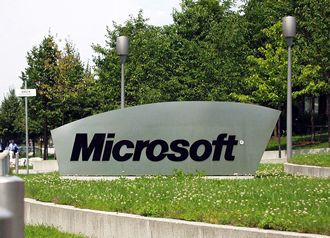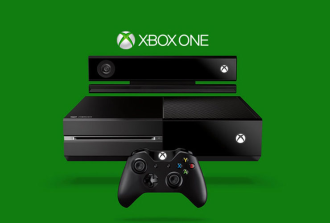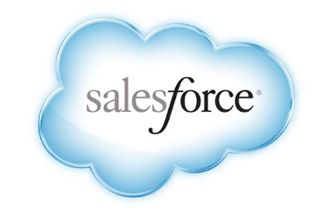 Bricks and mortar shops are continuing to die as consumers realise they do not have to leave their homes to go shopping.
Bricks and mortar shops are continuing to die as consumers realise they do not have to leave their homes to go shopping.
The latest casualty to report being in trouble is family owners of German shoe chain Reno.
Chief Executive and co-owner Matthias Haendle needs to find a buyer by the end of the year.
Reno owner HR Group is Germany’s largest shoe retailer after Deichmann, and $672.24 million in annual sales and staff of 4,500.
Haendle said in an interview the group needs fresh capital for investment and acquisitions as it is being squeezed by online groups such as Amazon and Zalando
The business comprises wholesale unit Hamm, which is doing well, and struggling retail unit Reno, which has 750 outlets, a source familiar with the matter said earlier this year, without providing an estimate on HR Group’s prospective enterprise value.
Ironically Reno should have done a bit better. It was founded in 1977 as a mail order group which later merged with Hamm – a leather trading company in 1888. It should have been the sort of outfit which did well from the online boom.
The difficulty is that Amazon and Zalando did it much better and have carved up a nearly impregnable niche.
Similar patterns are being seen in the UK where established bricks and mortar companies with a large high street presence have been killed off because they did not adapt quick enough to compete with Amazon.


















